British special forces, MI6 spies and government officials were among more than 100 Britons on the lost Afghan dataset, it is understood.
The Daily Mail has seen the list and can now reveal that details of scores of UK operatives were among the 18,800 Afghans.
Ministers fought for two years to hush up the data blunder with an unprecedented super-injunction that silenced the Mail and other media.
After we overturned that, they then obtained a second High Court injunction on Tuesday, preventing information from the dataset from being disclosed. Today the Government performed a U-turn enabling the Mail to reveal selected items.
The database – which the Government told the court put 100,000 people ‘at risk of death’ from the Taliban – reveals details about special forces, MI6 agents and other highly sensitive information, according to defence sources.
This newspaper wanted to expose how the Government had lost information on UK special forces which could have put them at risk.
The super-injunction kept the public and MPs from knowing about the breach and the subsequent fallout. It was lifted after journalists fought for two years in secret courts, but on Tuesday the Mail and other media were hit with a second injunction brought by the Ministry of Defence blocking the disclosure of some information that was on it on the grounds of national security.
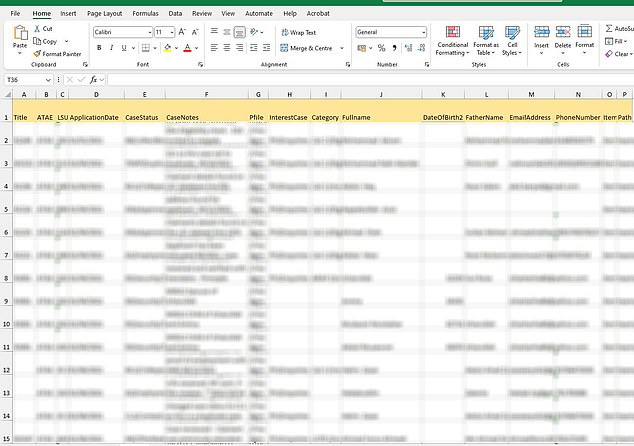
The database at the heart of the super-injunction scandal, seen by the Daily Mail

Badge of the SAS
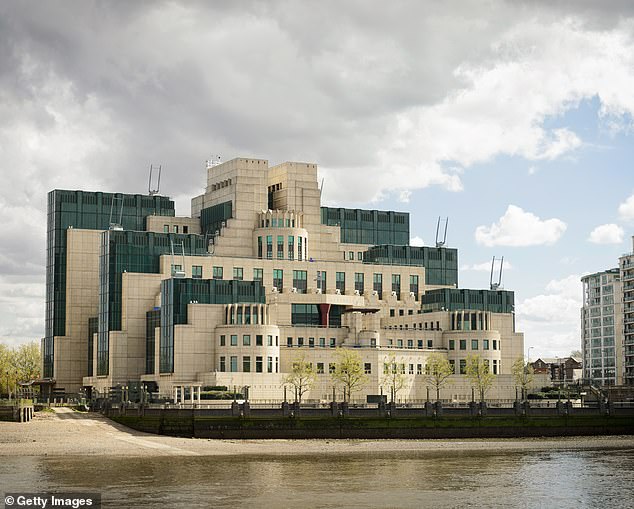
The headquarters of MI6 in London
Farcically, John Healey, the defence secretary, then revealed some of that information in Parliament. Addressing the House on Tuesday, Mr Healey gave away details that journalists had been banned from reporting on pain of being jailed.
Following a hearing at the High Court on Thursday, the Ministry of Defence agreed that the media could now report that information and they would not be in breach of the injunction.
Defence sources said that the dataset contains personal information belonging to special forces, spies and senior military personnel such as brigadiers and major generals who had vouched for Afghans trying to come to the UK.
Emails for government officials were also included as well as email exchanges between government officials discussing individual cases.
Defence sources said it also referred to a ‘secret route’ in which Afghans could use to come to the UK.
Afghans affected by the data breach had only been sent a generic notification from the UK government saying their data had been compromised and to be careful about who they spoke to and where they travelled.
Many were concerned they needed to move house to ensure they were safe.
It can now be disclosed that the list included the names, family names, telephone numbers and email addresses for thousands of Afghans.
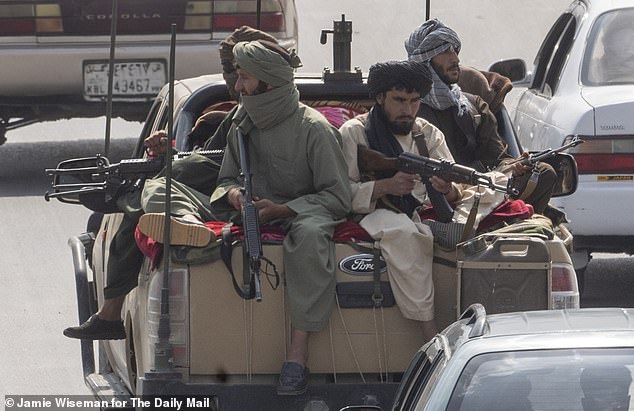
Victorious Taliban fighters patrolling the streets of Kabul, using vehicles, weapons and often uniform seized from the Afghan National Army and police
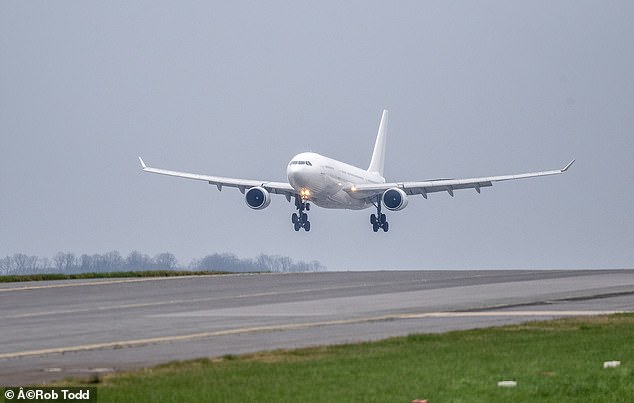
This unmarked Airbus 330-202, used as part of the clandestine scheme, touches down in Britain from Pakistan this year
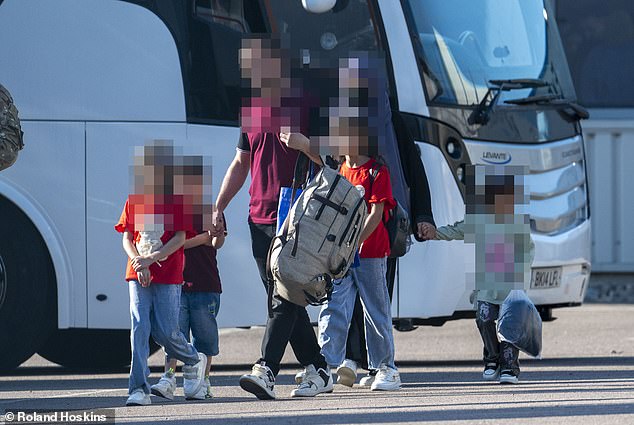
A family prepares to get on to a coach to start a new life in the UK
It did not contain photographs or exact addresses.
In some cases it did contain the last known whereabouts of Afghans in terms of which city they were in, as those desperate to flee kept in regular touch with the MoD.
One principal applicant wrote to the MoD to say: ‘Actually I am still here in XXX, hidden, and living alone in my XXX warehouse.’ They said that ‘because of so much fear, risks and insecurity to us, I am not using my cellphones a lot.’
Another entry states: ‘principal has emailed to confirm he is in XX with his family. Needs visa waiver’.











